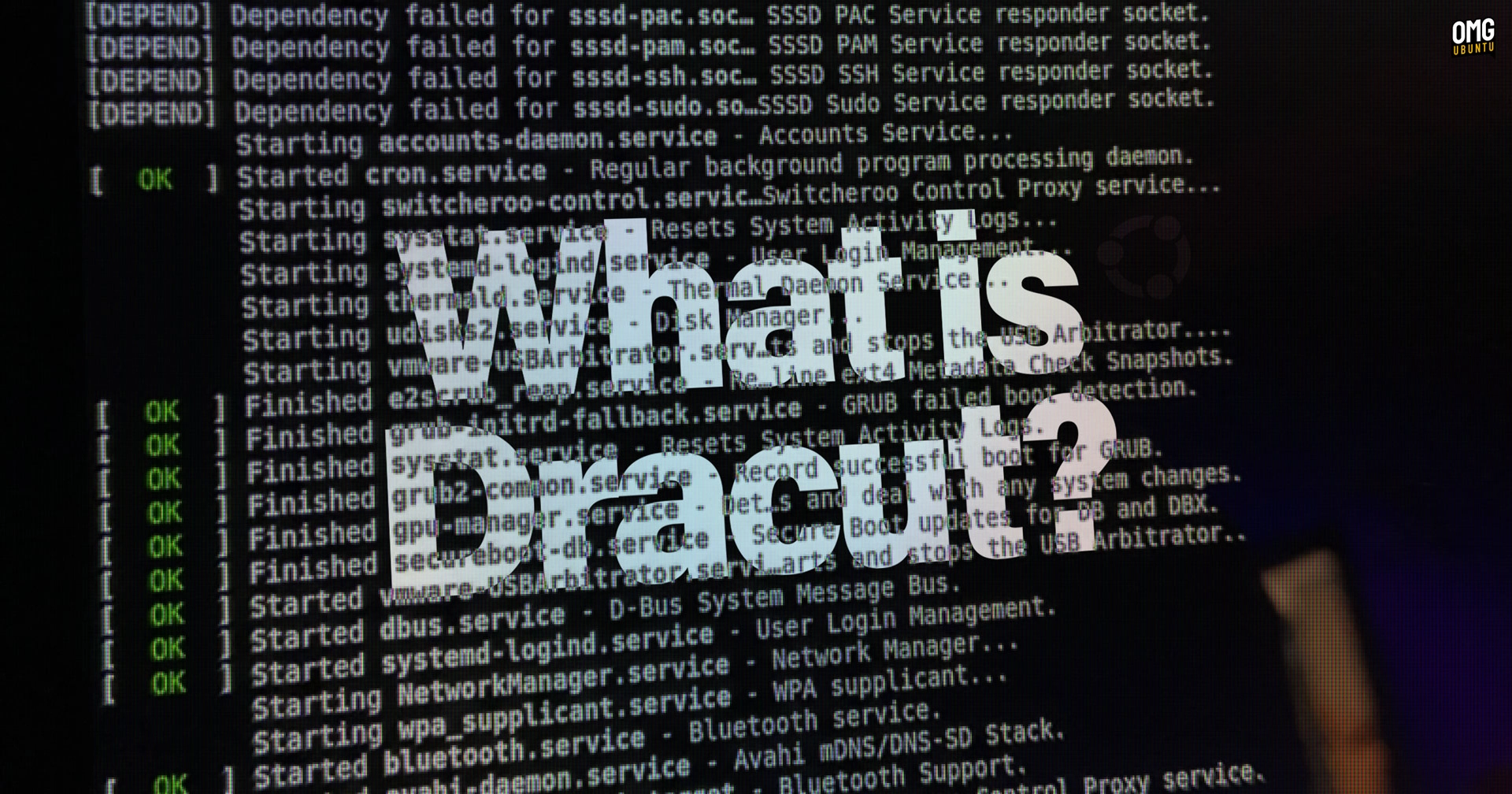Ubuntu 25.10 has made a transition to using Dracut for its boot system, a change that may go unnoticed by the average user. While new installations of Ubuntu 25.10 will utilize Dracut, those upgrading from earlier versions will continue to use the existing boot system. This shift is significant because it replaces the long-standing initramfs-tools, which has been difficult to maintain and adapt to newer technologies.
Dracut is designed to create a more modular initramfs, which is crucial for the boot process. This temporary filesystem helps the kernel locate and mount the actual filesystem. The primary advantage of Dracut lies in its ability to efficiently manage different hardware configurations through a more adaptable method than the hardcoded scripts used by initramfs-tools.
One of the benefits of Dracut includes support for newer technologies like TPM2 and FIDO2, and it should lead to marginally faster boot times. Although users might not notice a dramatic difference in performance, the assurance of compatibility with modern hardware and configurations is a critical improvement.
For most users, the experience of booting Ubuntu remains the same—just as reliable as ever, but with the underlying technology becoming more efficient. The transition to Dracut is more about enhancing the system’s robustness and future-proofing it rather than creating visible changes for users.
